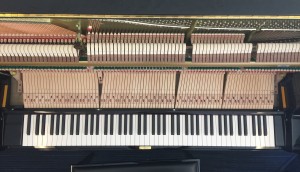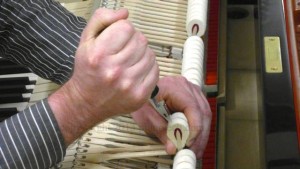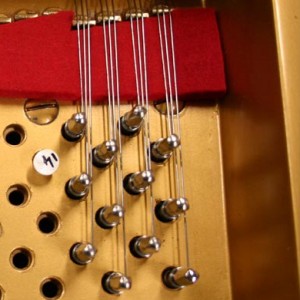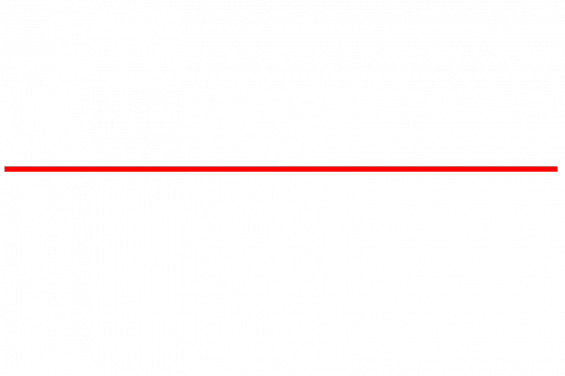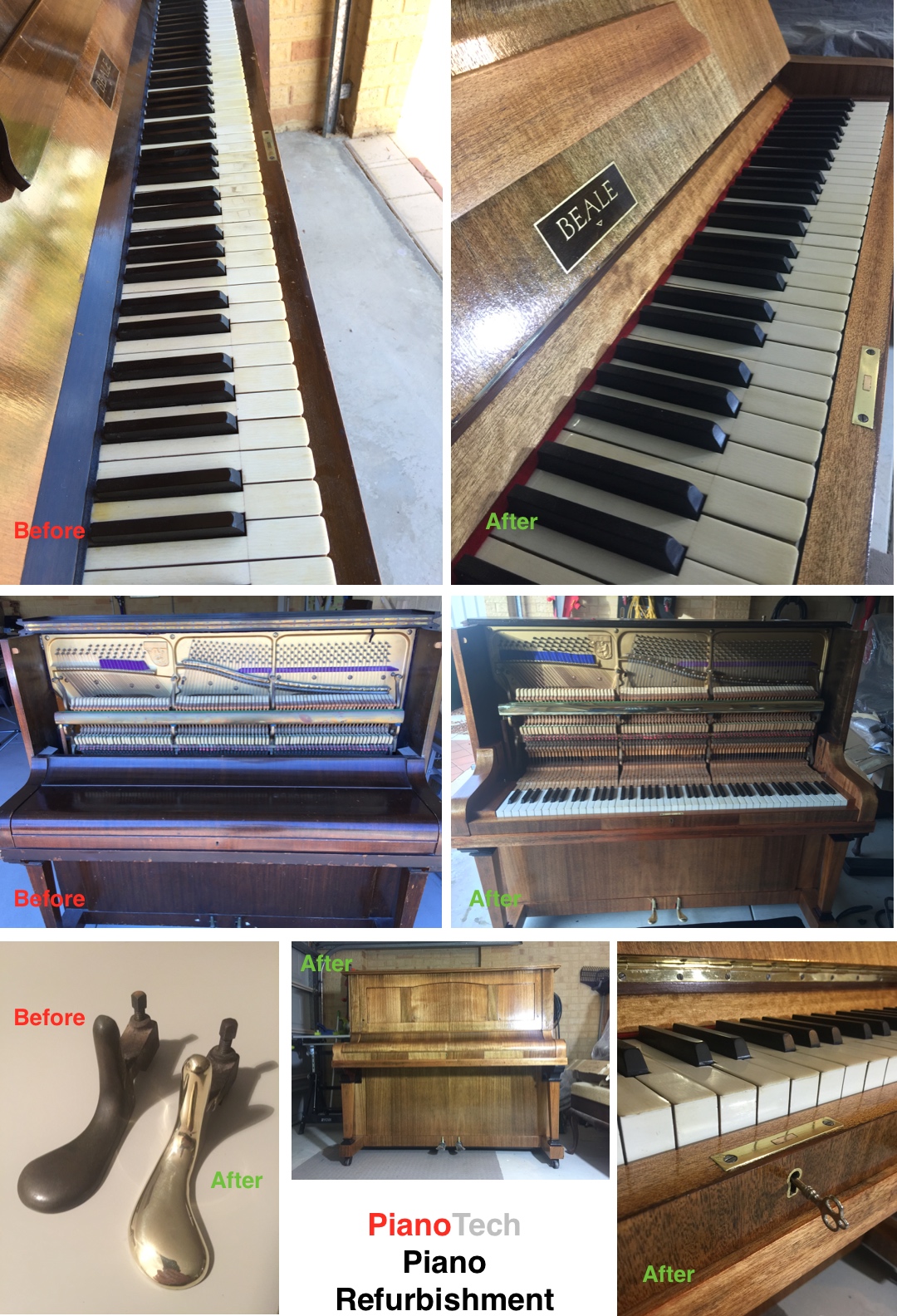Piano Repairs | Perth & Mandurah
A piano is as complex as your average motor car. Upright pianos have about 5000 moving parts and grand pianos have an average of 10,000 moving parts. Pianos do require yearly attention to keep it in tune and the action and regulation in check.
Regulation
The complex mechanism that causes the hammers to hit the string is called “The Piano Action”. It’s comprised mostly of wood, felt and leather. The action needs to be responsive to every level of the pianists touch, from fast and repetitive to hard and loud to light and soft. The only way to achieve this is by maintaining the action to its intended tolerances by a process called Regulation. The tolerance of the action parts declines with the age of the piano and regular use. The wood parts can dry and warp, felts compress and leather parts dry out. This all happens slowly over time and most pianists don’t even know because being a gradual change the pianist will also gradually adapt his or her playing and touch to compensate for the uneven touch and underperformance of the piano. This may cause the pianist to developed poor technique.
Voicing
Hammers have a lot to do with the overall tone of the pianos sound. When a pianists complains that the piano sounds tinny, metallic, bright or aggressive then its an indication that the hammers may need voicing. Hammers are made of compressed felt, and piano technicians are able to change the pianos tone by making the hammers a little softer in a process called voicing. Voicing is a matter of personal taste. Some people prefer a bright metallic piano and others prefer a well rounded, more mellow sound. The more the piano is played the harder and more compressed the hammers become and the result can sound very harsh and metallic. With time the hammers can become flat or grooved, and then a process of hammer filling can be used to try reshape the felt into a smaller end striking point. If this is not achievable then replacement of the hammer is advised.
Re-stringing
Piano strings hold a lot of tension and with age may start to corrode and start causing strange sounds. Strings will fatigue with age and are known to start breaking on tuning and seasonal change. It would then be advised to have your piano re-strung. This is a repair that is best performed in PianoTech’s workshop and not the customer’s home. When in the workshop, Pianotech will also replace the tuning pins, service the hammers and voice them as part of the re-string service.
Perth Piano Restoration & Refurbishment
Pianos with sentimental or historic value may be a candidate for major restoration or just a refurbishment to get the piano looking and playing as close to the way it did when it was new.
This is a very involve process & requires a lot of skill, patience and labour. A total restoration can take over a year and a refurbishment could take over 6 months.
Total restoration would include refinishing the cabinet, replacement or repair of the soundboard and tuning plank, new strings and tuning pins, new hammers and action parts, new key tops and much more. Such a restoration can cost over $19,000 +. You need to evaluate the worth of your piano, be it sentimental or monetary. Be aware that after the restoration the piano may only be worth the market value & that could be a lot less that the money you have paid for its restoration.
A much preferred option is refurbishment of pianos. This is a process of going through the piano, finding the faults and correcting only what is needed. Such a refurbishment might include rejuvenation of Ivory key tops, polishing of the cabinet finish and brass work, re-shaping hammers, action regulation, replacing worn and missing felts and leathers, treating loose tuning pins or replacing all tuning pins so piano will hold tune. Cost for such refurbishments can start from around $2500 +.
Photo: Refurbishment of a Australian Beale Piano made in 1925.
Hybrid Piano Repairs
The YAMAHA Disklavier product is the leader in modern Player Piano Technology. Just the piano alone is complex but top that with Yamaha’s Disklaviers player system and you have an astonishingly complex yet marvellous piece of technology. Adrian has received training by Yamaha for the maintenance, regulation, calibration, repair and setup of Yamaha Disklavier Pianos. Adrian is also trained in the installation and servicing of Genio Silent Piano Systems as well as PianoDisc Silent and Player Systems.
See Adrian installing a PianoDisc IQ Player System on a grand piano:
